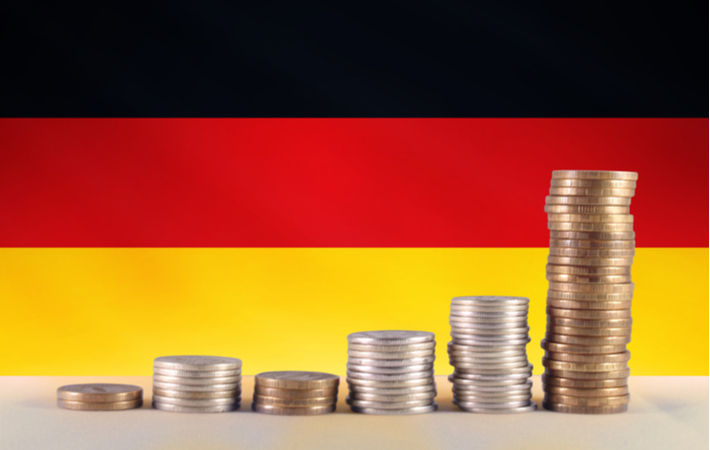January’s flash purchasing managers’ index (PMI) data from IHS Markit indicated an upturn in business activity in Germany, led by a stronger performance from its manufacturing sector as supply bottlenecks showed further tentative signs of easing. Price pressures remained elevated, however, with the rates input cost and output charge inflation staying close to recent record highs.
January saw the headline flash Germany PMI composite output index tick up to 54.3 from December’s 18-month low of 49.9, to signal solid growth in business activity across the private sector after a slowdown at the end of 2021, IHS Markit said in a release.
The upturn was led by the manufacturing sector, which recorded its strongest performance on the production front for five months as the incidence of lengthening lead times on inputs eased to the lowest since December 2020 (although it remained high by historical standards).
January’s flash PMI data from IHS Markit indicated an upturn in business activity in Germany, led by a stronger performance from its manufacturing sector as supply bottlenecks showed further tentative signs of easing. Price pressures remained elevated, however, with the rates input cost and output charge inflation staying close to recent record highs.
After contracting in December, as activity was hit by a resurgence in the pandemic and the initial retightening of restrictions, the service sector staged a slight recovery in January. At 52.2, up from 48.7, the services business activity index was indicative of a modest rate of growth, though it was still at its second-lowest level in the past nine months.
The goods-producing sector drove a renewed increase in new orders at the start of the year. Overall inflows of new business showed the strongest rise since last September as manufacturing order books expanded markedly and to the greatest extent for five months.
There was a slightly better month of new business across the services sector as well, with demand improving somewhat after falling in each of the previous two months. New export business received by services firms continued to fall, however, hinting that the upturn here was driven by the domestic market.
Fibre2Fashion News Desk (DS)

:max_bytes(150000):strip_icc()/Health-GettyImages-1342980570-80531d9053c343799c89a6dbe9fcb768.jpg)



